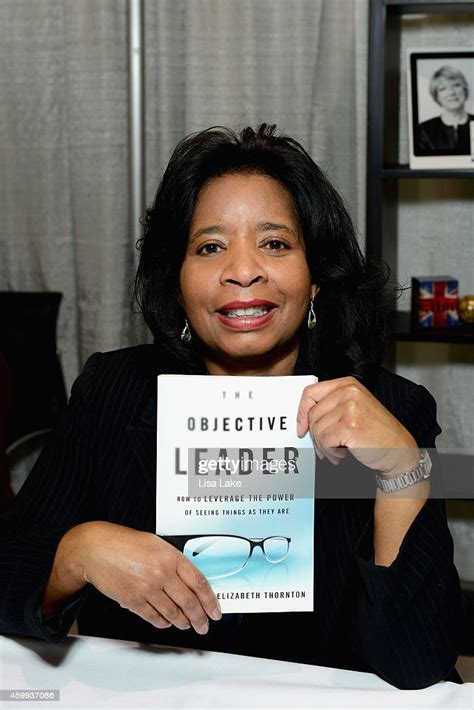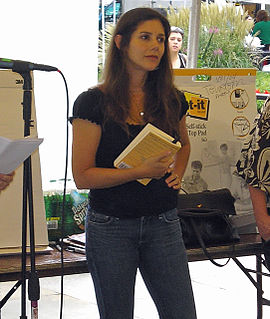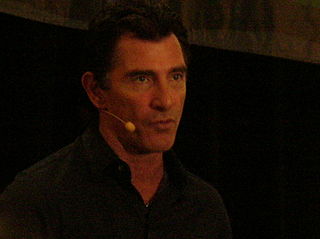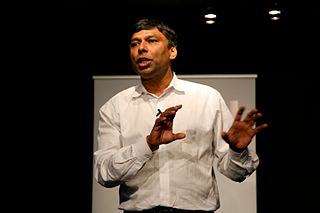A Quote by Elizabeth Thornton
When there is a problem, always identify and evaluate your underlying assumptions that may be contributing to the problem or preventing you from seeing the problem clearly.
Quote Topics
Related Quotes
Finally, imagine that you've really worked hard on yourself and become a level 10 person. Now, is this same level 5 problem a big problem or a little problem? The answer is that it's no problem. It doesn't even register in your brain as a problem. There's no negative energy around it. It's just a normal occurrence to handle, like brushing your teeth or getting dressed.
A great discovery solves a great problem, but there is a grain of discovery in the solution of any problem. Your problem may be modest, but if it challenges your curiosity and brings into play your inventive faculties, and if you solve it by your own means, you may experience the tension and enjoy the triumph of discovery.
Let me take some pressure off. Your problem is not discipline. Your problem is not organization. Your problem is not that you have yet to stumble upon the perfect schedule. And your problem is not that the folks at home demand too much of your time. The problem is this: there’s not enough time to get everything done that you’re convinced—or others have convinced you—needs to get done.
If we want to impact hundreds - or millions - of people, we have to do things differently. If we look at the problem as an infrastructural problem, we cannot make an impact because it requires a lot of effort. But when we convert this problem into a knowledge problem, suddenly the problem is manageable.
You know how it always is, every new idea, it takes a generation or two until it becomes obvious that there's no real problem. It has not yet become obvious to me that there's no real problem. I cannot define the real problem, therefore I suspect there's no real problem, but I'm not sure there's no real problem.
When you start looking at a problem and it seems really simple, you don't really understand the complexity of the problem. Then you get into the problem, and you see that it's really complicated, and you come up with all these convoluted solutions. That's sort of the middle, and that's where most people stop... But the really great person will keep on going and find the key, the underlying principle of the problem - and come up with an elegant, really beautiful solution that works.
If people are not sharing their faith in your church, if they're not having a quiet time, if they're not living godly lives, then you need to change your style of preaching. You are obviously not seeing lives changed through the Word of God. So what is the problem? The problem isn't the Word. The problem is your preaching style.
I see the war problem as an economic problem, a business problem, a cultural problem, an educational problem - everything but a military problem. There's no military solution. There is a business solution - and the sooner we can provide jobs, not with our money, but the United States has to provide the framework.





































